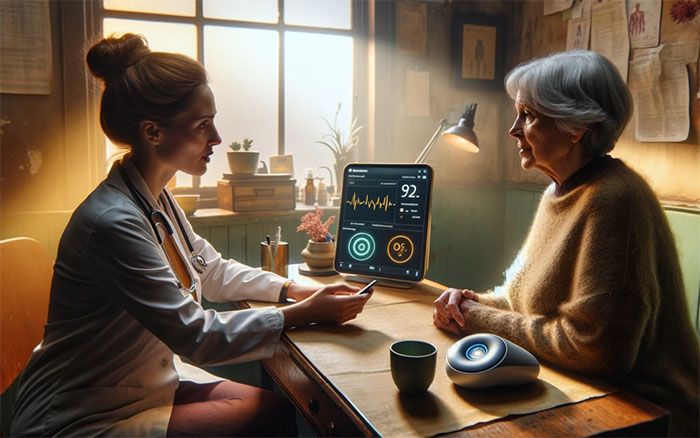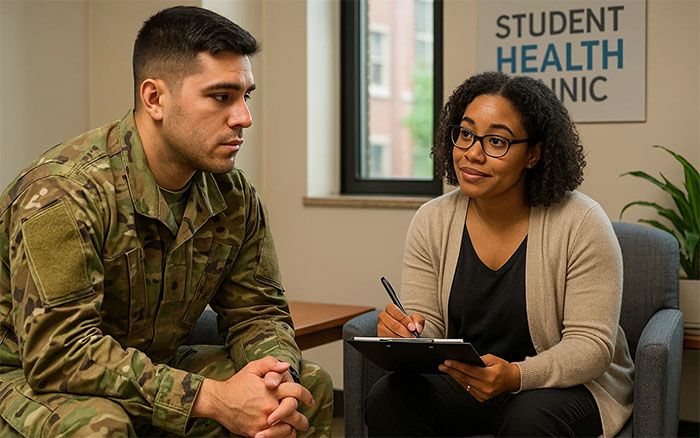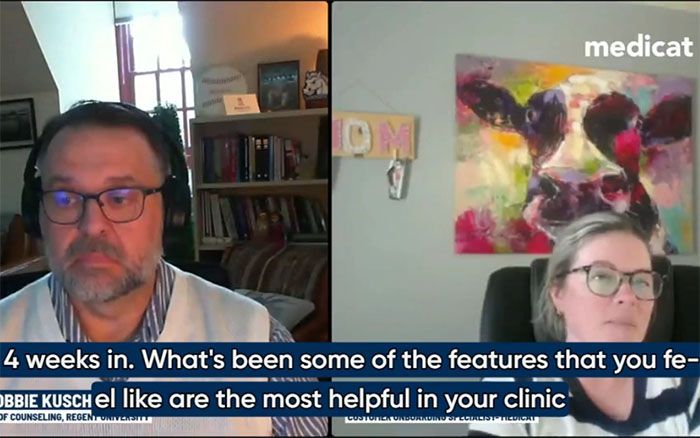Text Your Way to Better Student Health Engagement
How Mobile Messaging Improves Access, Reduces No-Shows and Supports Student Well-Being
The Reaching students with timely, actionable information is more than convenient. It’s a necessity. Today’s students live on their phones, and communication methods that meet them where they are can transform how college health centers deliver care.
Texting has emerged as a powerful tool to engage students in their wellness journey, starting before they even walk through the door.
Why Should You Text Students?
Let’s be honest. Email is often ignored, voicemails go unreturned, and paper reminders? Forget it.
Students have made it clear they consistently prioritize emails related to their coursework and known senders, while mass messages are frequently overlooked.
That’s exactly why texting is so effective. It’s direct, personal, and more likely to reach students where they are.
Here’s why texting works:
- Students are much more likely to read and respond to texts than email
- Messages are short, easy to digest, and require minimal staff time to send
- Helps make important info easy to understand and act on
More than speed, texting makes communication clear and convenient for both students and staff.
How Texting Enhances the Student Health Experience
Whether it’s a routine appointment reminder or an immunization compliance message, texting can improve the student experience and reduce no-shows. Think of it as the new front door to your clinic (one that opens right from their phones!)
Additionally, with 54% of students saying they don’t always read emails from their university or academic departments, it’s clear that relying solely on email can leave students out of the loop.
Texting bridges that gap with timely, direct communication they’re more likely to see and act on.
Popular texting use cases:
- Confirmations, reminders, and cancellations for appointments
- Immunization compliance status updates and reminders
- Post-visit surveys or care instructions
- Outreach around events, vaccine clinics, or health initiatives
- Notifications for weather-related closures or urgent updates
- Self check-in prompts and pre-appointment instructions
Thus, texting keeps students in the loop and your clinic operating smoothly.
Enabled Texting? Next Step: Maximize Student Opt-Ins
Unfortunately, not every institution can automatically opt students in for texting, but that doesn’t mean you’re stuck. There are creative ways to boost opt-in rates through smart outreach and communication.
Try these methods:
- Use email campaigns to invite students to opt in
- Share a quick post on your health center’s social media explaining how students can check their texting preferences
- Prompt students to update their communication preferences in the Patient Portal
Pro Tip: Keep it brief! Messages under 150 characters have proven to boost reply rates with our users.
Texting + Mobile Self Check-In = A Seamless Experience
Furthermore, texting becomes even more powerful when combined with mobile check-in capabilities.
For instance, imagine this: A student receives a text on the morning of their appointment with a reminder and a convenient link to check in before leaving their dorm.
When they arrive, they head straight to the waiting room and are seen within minutes. No lines, no waiting for the front desk to finish a call, etc. When students are navigating healthcare without a parent for the first time, that kind of simplicity matters.
Take the Stress Out of Student Health Messaging
Texting has become an essential way to connect with college students, delivering quick and clear communication that improves appointment attendance, boosts engagement, and supports students managing their health away from home.
With Medicat’s Enable Text feature, you can reach the right students at the right time, whether you’re promoting a vaccine clinic or sending out appointment reminders. When combined with mobile check-in, texting creates the seamless, hassle-free experience today’s students expect.













